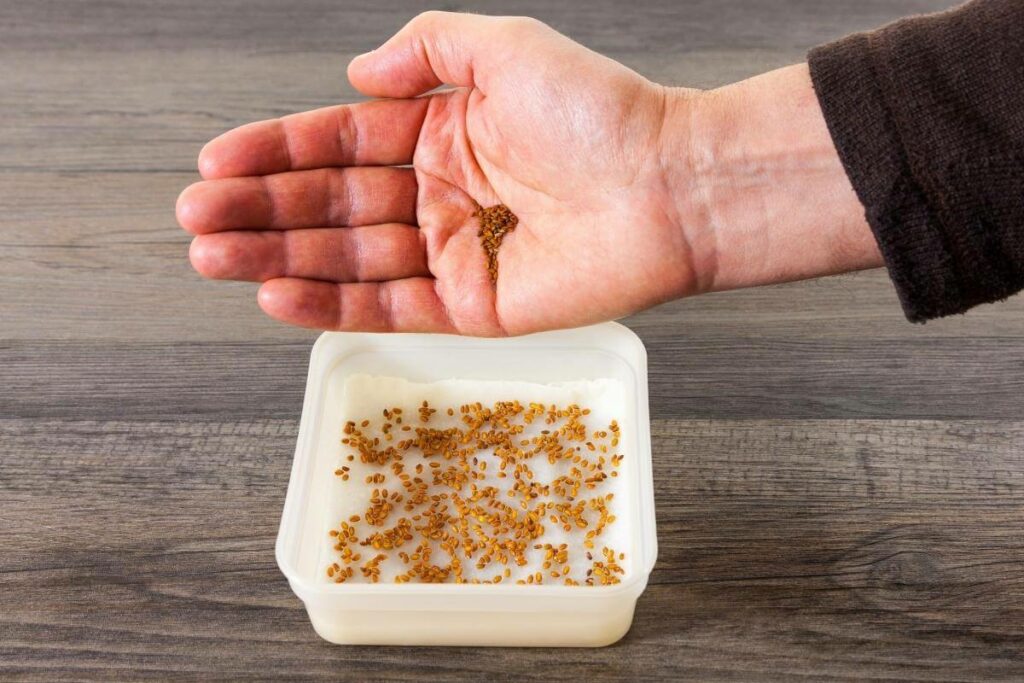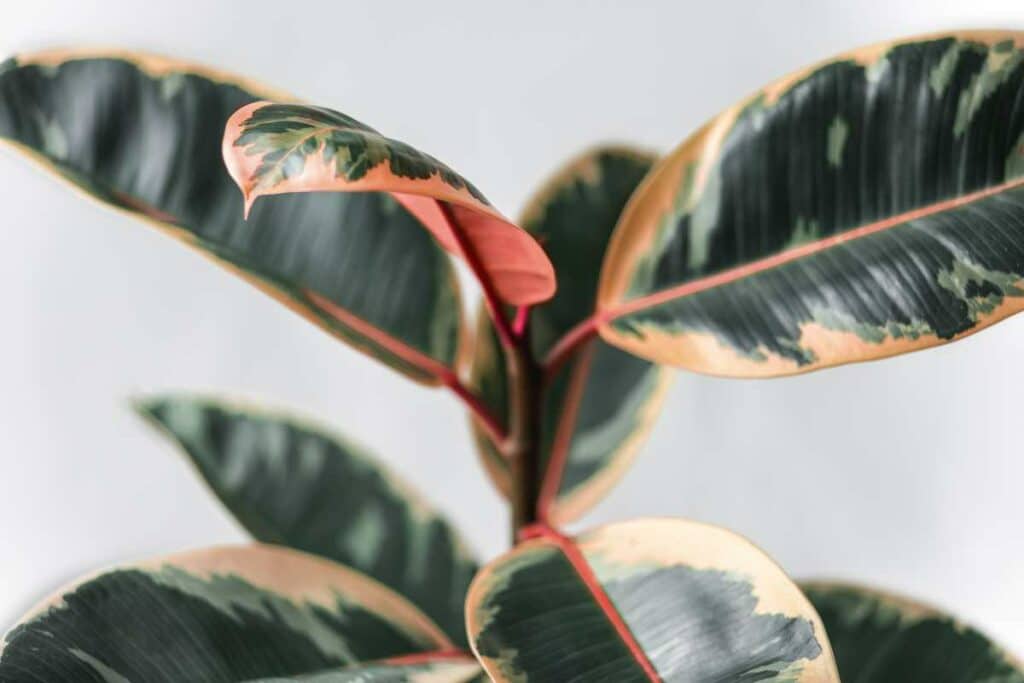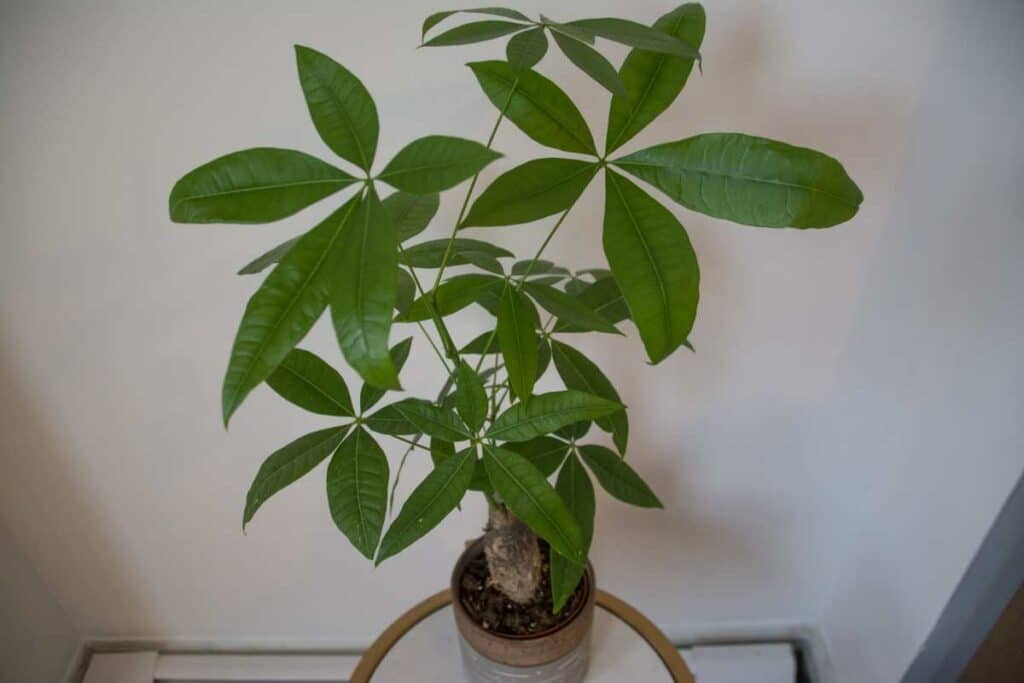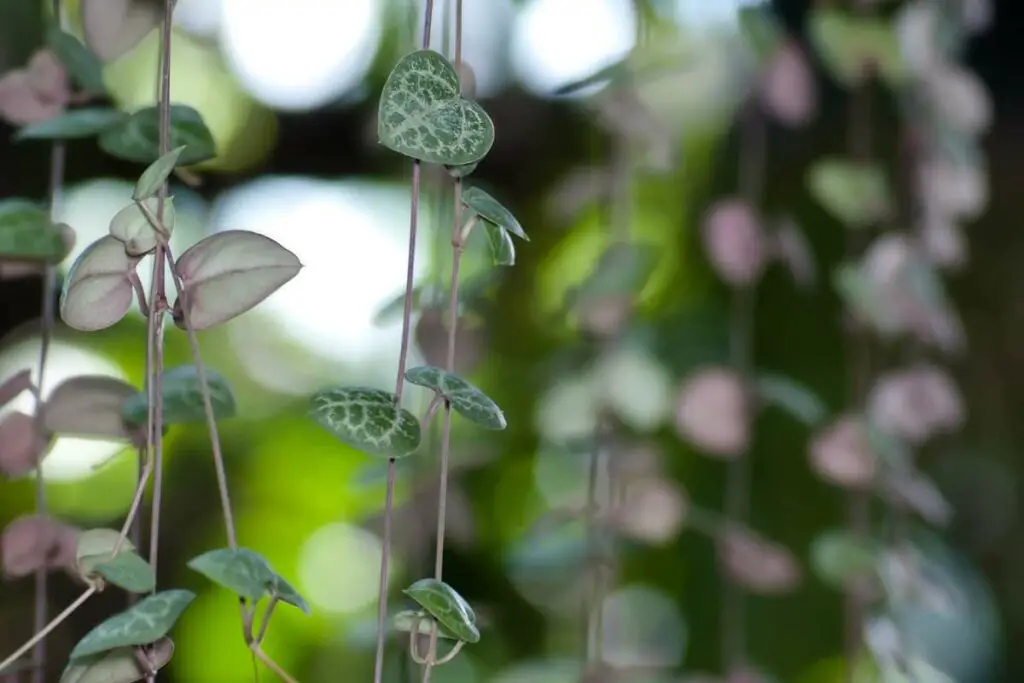Vericompost is one of the best additives you can add to your garden.
Because it is made from organic material, it provides all of the nutrients your plants need without harming them along the way.
Still, how do you use vermicompost in potted plants?
There are three ways that you can use vermicompost in potted plants: as a seed mix, topdressing, or improving potting soil texture. Each one of these uses requires a different amount of vermicompost and technique for application.
To learn how to improve your potted plants with vermicompost, read on.
This article fully explains how to use vermicompost based on your potted plants’ needs. Scroll down to learn more.
3 Ways To Use Vermicompost In Potted Plants
There are three ways that you can use vermicompost in your potted plants:
- to make a seed mix
- as a topdressing
- or to improve potting soil texture
Each one of these uses come with their own benefits and techniques.
Simply select whichever method is right for your potted plants.

1. Make A Seed Mix
If you want to create a mix for seed starting, vermicompost is a wonderful ingredient to start with.
By mixing the vermicompost with cocopeat, you create the perfect texture for seed germination.
This mixture does not include any soil, yet it offers just the right amount of moisture without becoming over-saturated.
You can use this mixture of vermicompost and cocopeat to grow seedlings for about a month.
From Experience: You should be able to grow these seedlings in the same tray or container for this entire period of time.
2. Topdressing
One of the most common ways to use vermicompost in potted plants is as a topdressing.
When you use vermicompost in this way, you plant the plants inside regular potting soil.
Once the plants are already growing, you add additional vermicompost to the top of the soil every 15 days or so.
Since vermicompost comes with a number of macro- and micro-nutrients, adding a bit of the material over the plant’s soil twice a month gives your plants the boost they need.
If you want to use vermicompost more frequently, that’s fine too. You don’t have to worry about the vermicompost burning your plants.
Here is how to apply vermicompost as topdressing to your potted plants:
- Remove one inch of potting soil.
- Set removed soil to the side but don’t throw it out.
- Add enough vermicompost to cover the soil.
- Feel free to add neem cake powder, cow manure, or other types of fertilizer with vermicompost for additional nutrients.
- Cover the vermicompost with the potting soil removed from step one.
- Water the potted plant until you see water draining from the bottom drainage holes.
- Repeat once every 15 days or as needed.
- Keep in mind that you do not need to add a ton of vermicompost over the soil. Around 3 tablespoons of the vermicompost are enough for one plant.
By following the steps above, your plants will get the nutrients of vermicompost in a way that is simple and easy.
3. Improve Potting Soil Texture
Bad soil is one of the worst things for plants.

If your soil has too much sand or clay, it will either:
- dry out too fast
- or retain too much water.
Both of these scenarios will harm your plants.
Even though you cannot use vermicompost as the primary soil for your potted plants, you can add it to poor potting soil to improve its texture.
Simply mix potting soil with vermicompost in a 2:1 ratio.
This ratio will allow for the potted plants to get the nutrients and support they need while maintaining the right amount of moisture in between waterings.
Some people even recommend having equal parts of potting soil and vermicompost. It is ultimately up to you.
The only danger of having too much vermicompost is the plant not having enough support.
Just make sure that the soil has a sturdy enough texture to keep the plant standing tall.
To mix the vermicompost and soil:
- Simply get a large bucket or tub. Mix the two parts together.
- Ensure that the potting soil is completely dry before adding any vermicompost.
- You may also want to consider adding one part river sand for additional drainage if the soil contains a large amount of clay.
Can I Use Vermicompost By Itself in Potted Plants?
You cannot use vermicompost by itself in potted plants.
The danger of only using vermicompost isn’t burning the plants.
Instead, vermicompost does not have the correct texture needed to support potted plants.
As a Result: It’s important to mix vermicompost with regular potting soil to ensure the plants do not fall over.
Can I Use Too Much Vermicompost in Potted Plants?
Unlike synthetic fertilizer, vermicompost will not burn or harm your plants, no matter how much you put in.

It is very difficult to use too much vermicompost in potted plants, especially if you use traditional potting soil with vermicompost.
The only time that you can use too much vermicompost in potted plants is if that is the only planting material you use.
As we learned above, you cannot use vermicompost by itself simply because it does not have a strong enough texture for supporting the root system.
With this in mind, you can only use too much vermicompost if you create a soil texture that is not strong enough for the plant, but the vermicompost will not burn or outright injure the plant if it is properly supported.
Final Thoughts
Vermicompost is a highly usable and beneficial fertilizer to add to your potted plants.
Whether you want to create a seed starter mix for your potted plants or simply add a bit more nutrients to the plants you already have growing, vermicompost is an awesome choice.
As long as you still use potting soil to keep your potted plants supported, it’s very difficult to harm your plant with vermicompost.
In other words, it only comes with benefits!
Select one of our methods above for using vermicompost based on your potted plant needs.
Also Useful
- Philodendron Moonlight Vs. Golden Goddess
- How to Revive Your Rubber Plant: 6 Tips to Help Your Rubber Tree Thrive Again
- Your Money Tree Lost All Its Leaves – Will It Sprout Again?
- Why Is My Money Tree Dying? 5 Possible Reasons and Solutions
- Do Jade Plants Bloom – Fact or Fiction?
- Plants with Heart Shaped Leaves (Secret Language of Leaves)








